The Internet of Things, or IoT, refers to a network of physical objects that are embedded with sensors, software, and connectivity, allowing them to collect and exchange data with other devices and systems.
This network of interconnected devices and systems can be used to automate processes, increase efficiency, and improve the overall performance of various industries, including healthcare, transportation, manufacturing, and energy. Mobile app development Chicago, NYC, Washington DC, and Dallas are currently working on developing many new IoT devices.
History of IoT
The concept of IoT dates back to the early 1980s when a group of engineers at Carnegie Mellon University developed the first internet-connected appliance, a Coca-Cola vending machine that could report its inventory and temperature to a central computer.
However, it wasn’t until the early 2000s that the term “Internet of Things” was first used, and the technology started to gain widespread attention. Since then, IoT has grown rapidly, with the number of connected devices projected to reach 50.9 billion by 2025, according to a report by IoT Analytics.
Also Read: Applications of the Internet of Things (IoT) in Education
How IoT Works?
IoT devices are typically equipped with sensors, which can measure a variety of data such as temperature, humidity, pressure, and location. This data is then transmitted wirelessly to other devices or a central system, where it can be analyzed and used to trigger specific actions.
Chicago mobile app development and NYC are currently doing keen research to produce new IoT devices for the ease of humans with the help of state-of-the-art technology.
For example, in a smart home, a temperature sensor can detect the temperature in a room and send the data to a central hub, which can then adjust the thermostat to maintain a comfortable temperature.
In a manufacturing plant, IoT sensors can be used to monitor equipment performance, predict failures, and schedule maintenance before a breakdown occurs.
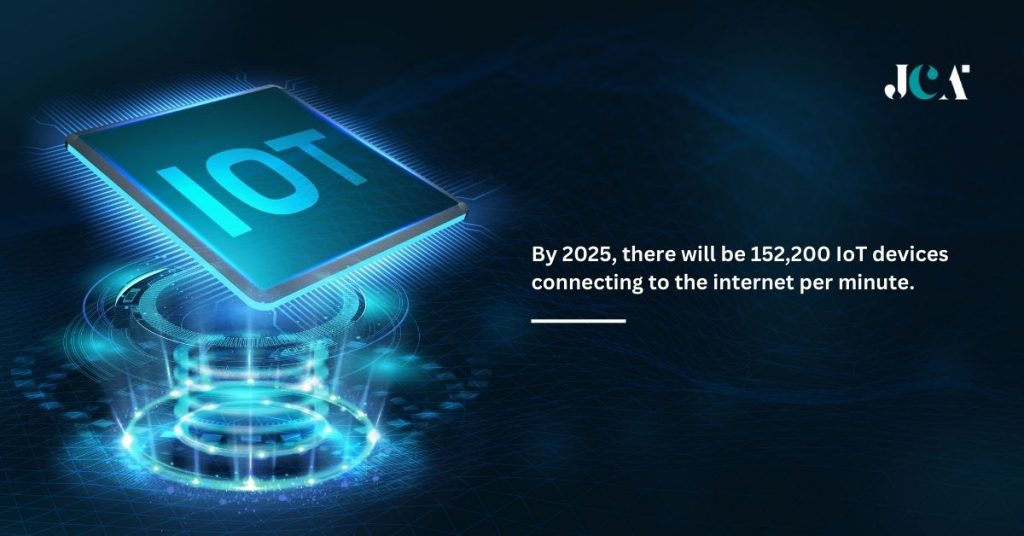
If we take the example of CCTV cameras. You can literally keep an eye on your home or anywhere you have CCTV cameras installed. This helps you in maintaining the security of your important stuff and you don’t need to invest in security staff and pay them hefty salaries.
Also have a look at Top IoT Cloud Platforms in 2023
Benefits of IoT
The benefits of IoT are vast and can be applied to various industries and use cases. Here are some of the most significant benefits of IoT:
1. Improved Efficiency
By automating processes, IoT can help improve the efficiency of various industries, leading to cost savings and increased productivity. For example, IoT sensors can be used to track inventory levels, optimize supply chain management, and monitor equipment performance, reducing downtime and increasing overall efficiency.
2. Enhanced Customer Experience
IoT can also be used to improve the customer experience by providing personalized and connected experiences. For example, a connected car can provide real-time traffic updates, suggest alternative routes, and provide entertainment options for passengers, making the overall driving experience more enjoyable.
3. Increased Safety
IoT can also be used to improve safety in various industries. For example, sensors can be used to detect gas leaks, monitor weather conditions, and track employee movements in hazardous environments, reducing the risk of accidents and injuries. There are many other safety measures you could take to get rid of security-related issues.
4. Predictive Maintenance
By collecting and analyzing data from sensors, IoT can help predict when equipment is likely to fail and schedule maintenance before a breakdown occurs. This approach, known as predictive maintenance, can help reduce downtime, increase equipment lifespan, and improve overall efficiency.
Also see the list of Fastest Growing IoT Companies.
Challenges of IoT
Despite the many benefits of IoT, there are also several challenges to its adoption. These include:
1. Security
IoT devices are often connected to public networks, making them vulnerable to security threats such as hacking, data breaches, and ransomware attacks. As a result, security is a significant concern for businesses and consumers alike. Mobile app development Dallas and many other companies are working on finding new security solutions.
2. Interoperability
IoT devices are often manufactured by different vendors and run on different platforms, making it difficult to ensure interoperability between devices. This can lead to compatibility issues and difficulties in integrating different systems.
3. Data Management
IoT devices generate vast amounts of data, which can be challenging to manage and analyze. This requires advanced analytics and data management tools, as well as a clear strategy for using the data to drive actionable insights.
Also read: The Role of IoT in Industrial Automation
How IoT is making things easy for humans?
IoT is making things easy for humans in many ways. Here are a few examples:
Smart Homes:
The IoT allows homeowners to control their homes remotely. Smart devices like thermostats, lights, locks, and security cameras can be controlled through a mobile app, making it easy for homeowners to manage their homes even when they are away.
Healthcare:
The IoT is making healthcare more efficient and effective. Wearable devices like fitness trackers and medical sensors can collect and transmit data to healthcare providers in real time, enabling early detection and treatment of diseases.
Transportation:
The IoT is transforming the way we travel. Connected vehicles equipped with sensors and cameras can provide real-time data on traffic, weather, and road conditions, helping drivers avoid accidents and traffic jams.
Manufacturing:
The IoT is helping manufacturers increase efficiency and reduce costs. Smart machines and sensors can monitor equipment and production processes, enabling predictive maintenance and reducing downtime.
Agriculture:
The IoT is helping farmers increase crop yields and reduce waste. Smart sensors can monitor soil moisture, temperature, and nutrient levels, helping farmers optimize irrigation and fertilization.
Overall, the IoT is making our lives more convenient, efficient, and safer. It is revolutionizing the way we interact with the world and helping us solve some of the most pressing challenges facing society.
Conclusion
The Internet of Things can revolutionise how we live, work, and interact with our environment. By connecting physical objects to the internet and enabling them to collect and exchange. In the year 2023, there are many revolutionary and high-tech objects that are expected to be launched.

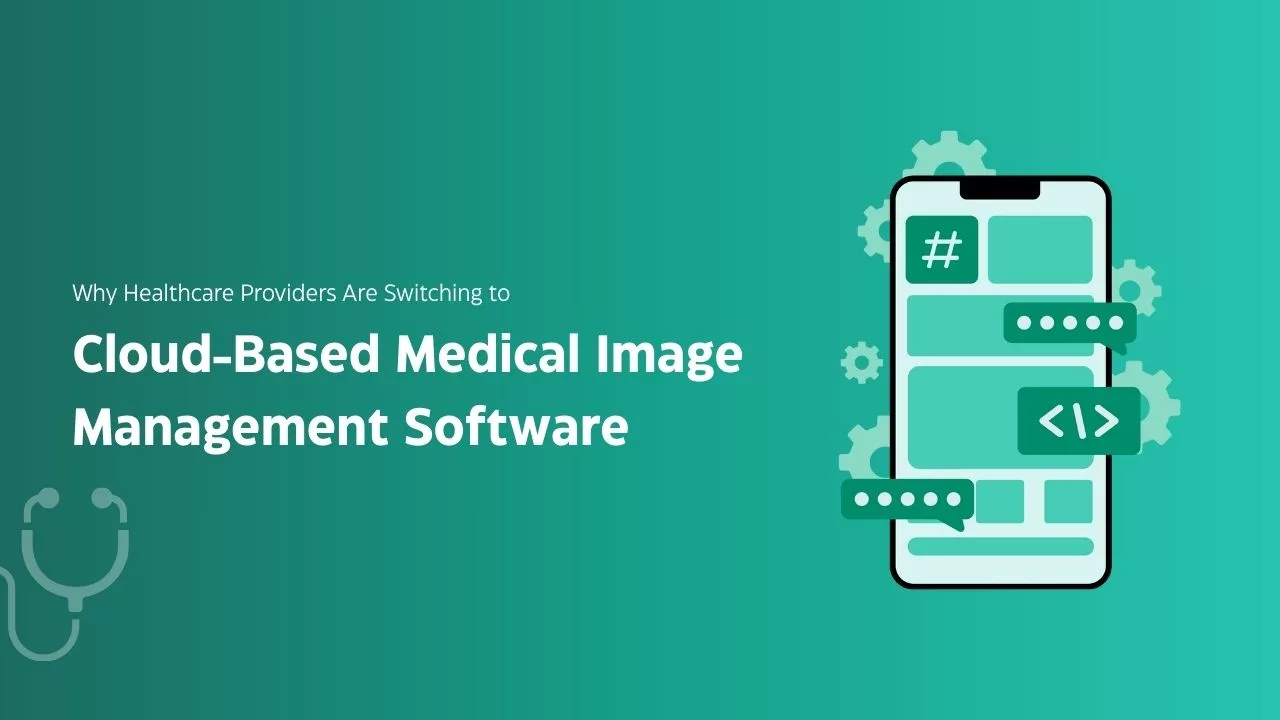


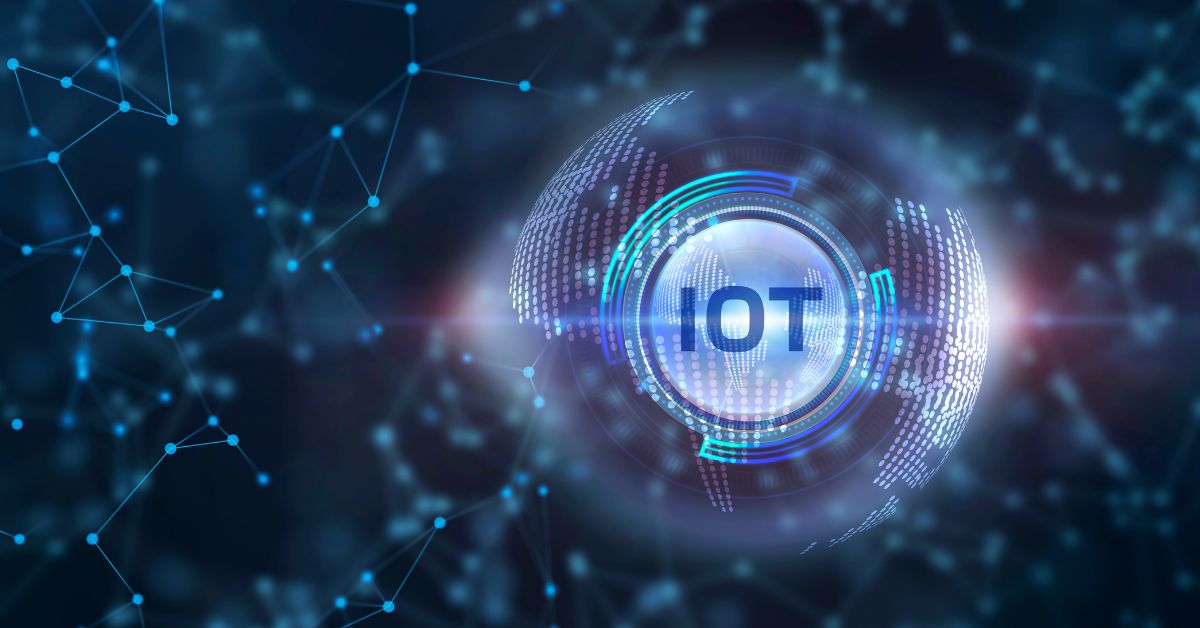
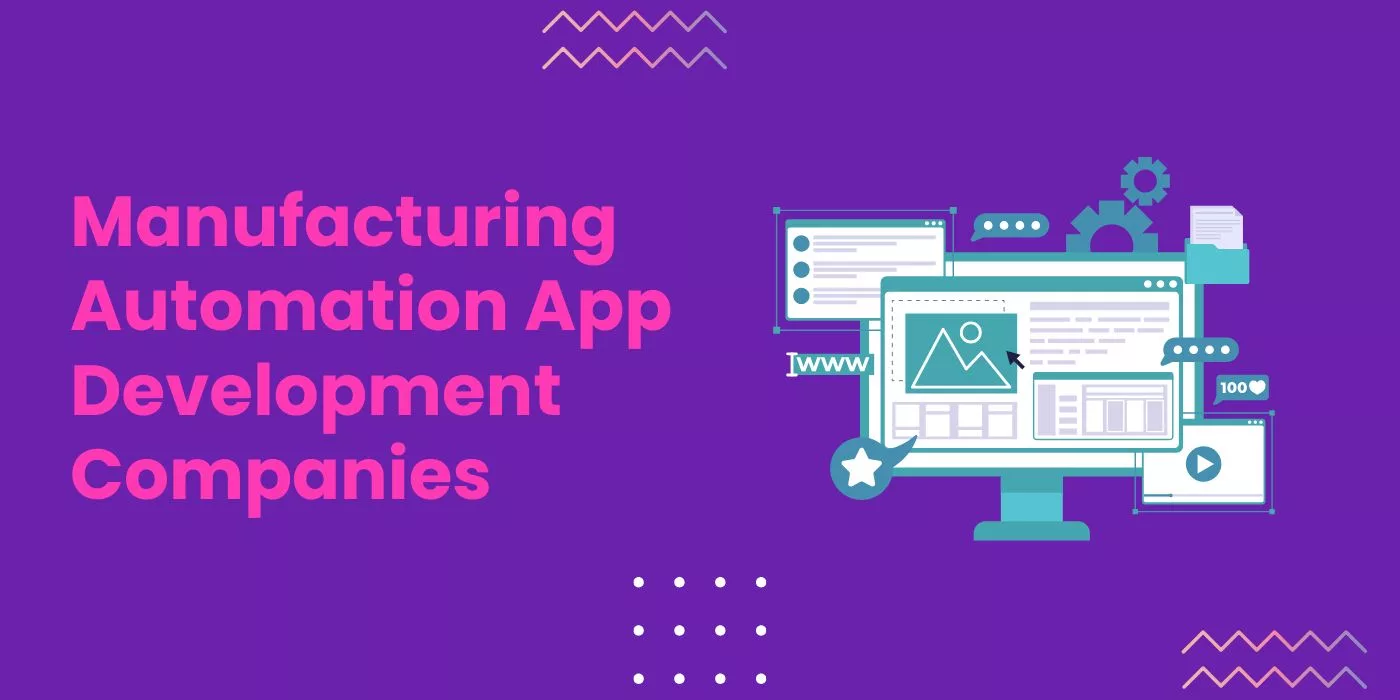

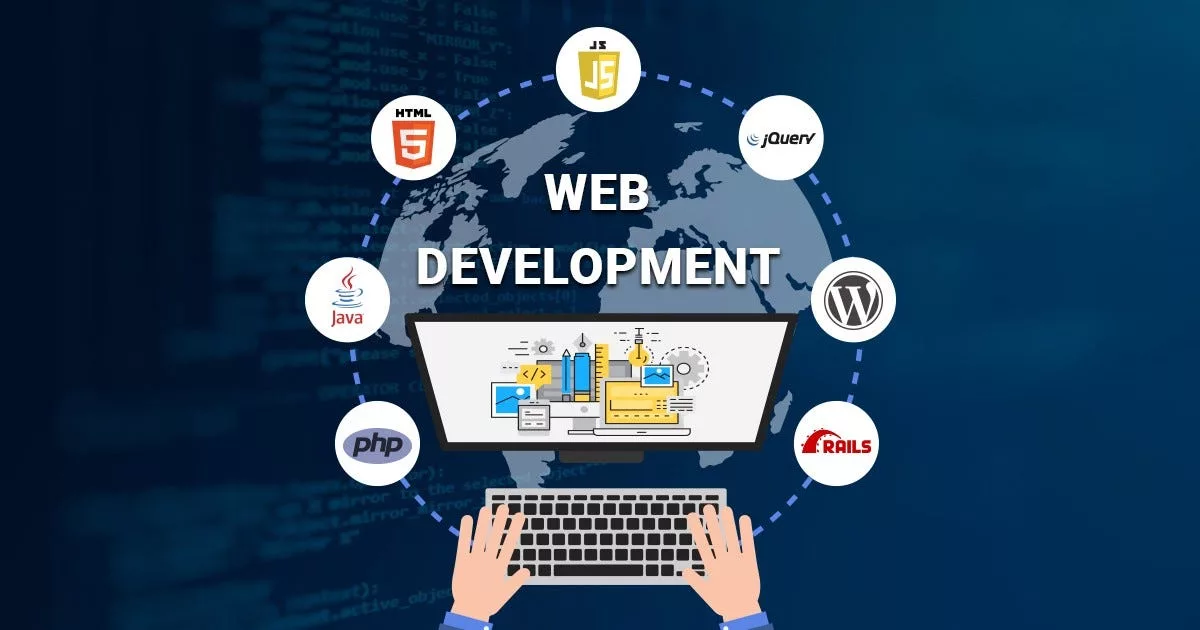

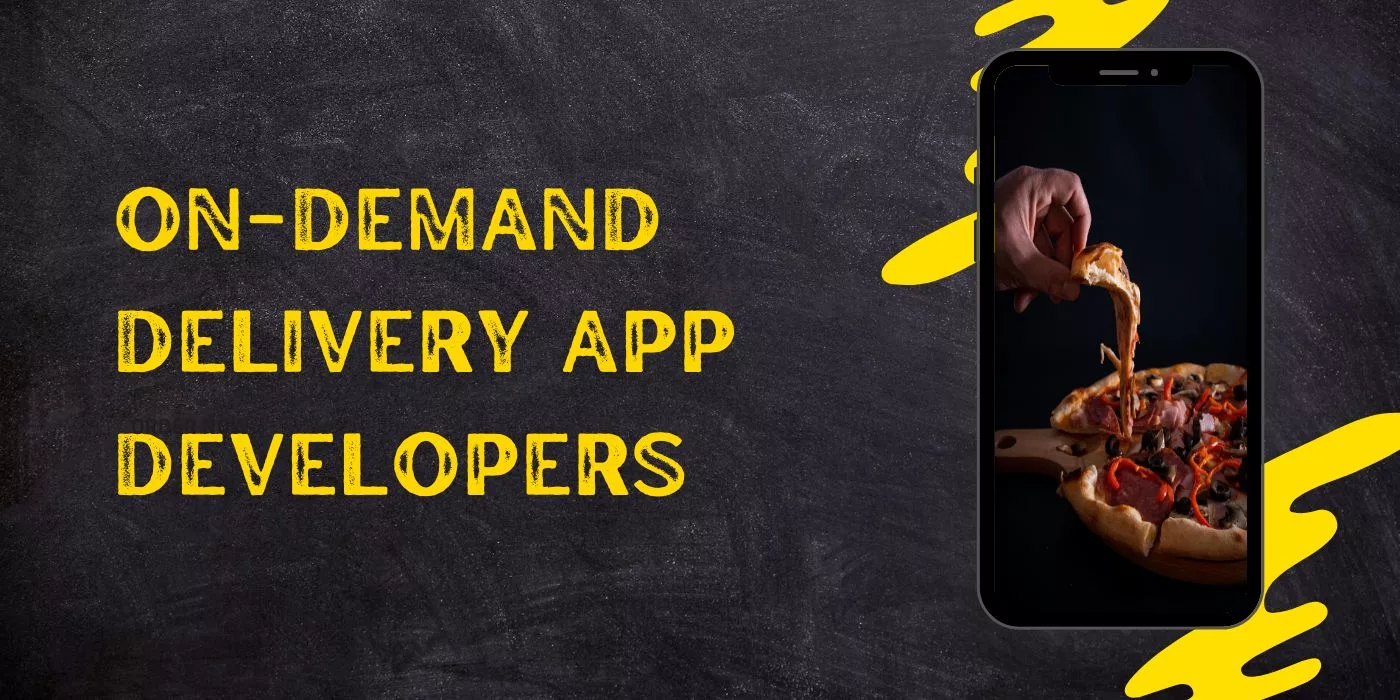
Leave a Reply